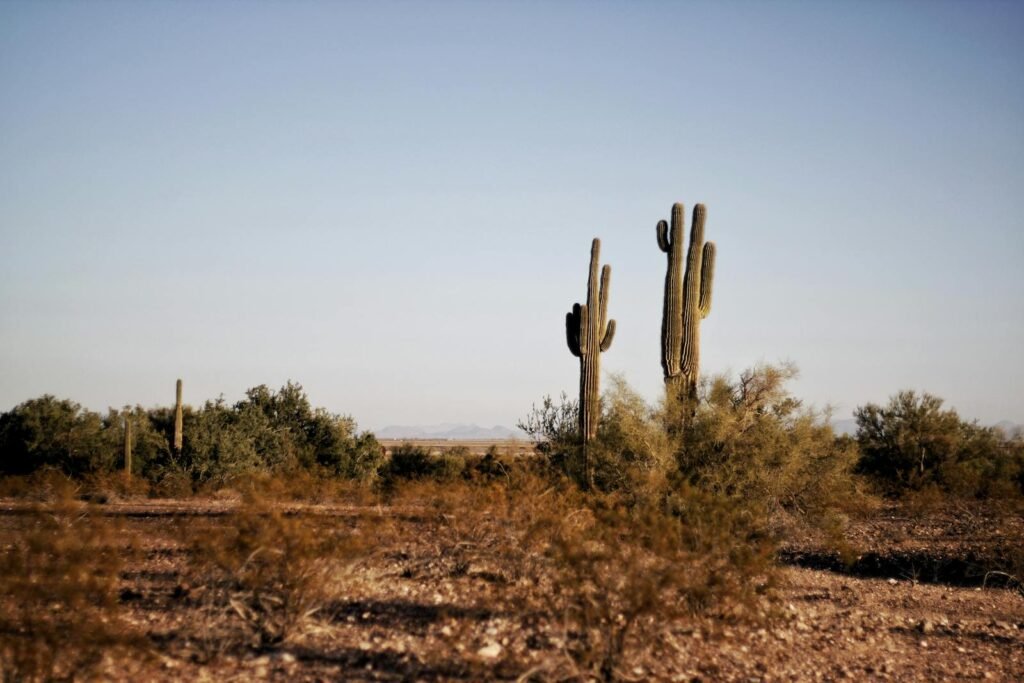Imagine standing under the blinding sun of the Sonoran Desert, surrounded by towering, ancient sentinels with spiny arms stretched toward the sky. These aren’t just plants—they’re survivors, icons, and the beating heart of Arizona’s wild landscapes. Yet, in a world where bulldozers carve new roads and demand for exotic landscaping rises, these resilient cacti face silent peril. Why does Arizona fiercely defend its cacti, making it illegal to move them without special permission? The answer is a gripping tale of science, history, and a deep reverence for nature’s wonders.
The Iconic Saguaro: Arizona’s Living Landmarks
The saguaro cactus is more than just a plant—it’s an emblem of the American Southwest, instantly recognizable with its majestic arms and towering form. Some saguaros can live for over 150 years, and they grow incredibly slowly, sometimes taking up to a decade just to reach a single foot in height. Their slow growth makes them incredibly vulnerable to disturbances, because if one is destroyed or moved improperly, it can take generations to replace. In Arizona, seeing a saguaro is like glimpsing living history, rooted deep in the culture and identity of the state. Their silhouettes appear on everything from license plates to city logos, symbolizing resilience and the spirit of the desert. Protecting them means preserving a piece of Arizona’s soul.
Cacti and Their Fragile Desert Ecosystem
Cacti, especially the saguaro, are keystone species in the desert, supporting a web of life that would unravel without them. Gila woodpeckers and elf owls carve out nests in their sturdy trunks, while bats and birds feed on their sweet, night-blooming flowers. The cacti’s fruits are a vital food source for many desert animals, including javelinas and coyotes. Removing a cactus isn’t just about losing a plant—it’s about dismantling an entire ecosystem. The desert may look tough, but it’s a delicate balance, and every cactus moved or destroyed tips the scales, threatening countless species that depend on them.
The Ancient Connection: Cacti and Indigenous Tribes
For centuries, Indigenous peoples like the Tohono O’odham have revered the saguaro, weaving these cacti into their myths, ceremonies, and daily lives. Each summer, the saguaro fruit harvest becomes a sacred tradition, celebrated with rituals that honor the desert’s bounty. These connections go beyond mere utility—the cactus is seen as an ancestor, a guardian spirit, and a source of life. Legal protections recognize and respect this ancient bond, ensuring that Indigenous cultures can continue their timeless relationship with these remarkable plants.
Rampant Poaching: The Dark Side of Cactus Craze
Surprisingly, there’s a black market for cacti. Saguaros and other rare species fetch thousands of dollars among collectors and landscapers seeking a piece of the wild for their backyards. Thieves use the cover of night to dig up these giants, sometimes even sawing off their arms to sell separately. This illegal trade devastates wild populations and leaves scars across the desert. Arizona’s laws, which require permits to move or harvest native cacti, are a direct response to these shocking crimes, aiming to cripple the underground market and save these plants from extinction.
Slow Growth, Slow Recovery
Unlike a weed that bounces back quickly, a cactus is an exercise in patience. A saguaro may not sprout its first arm until it’s 70 years old. If one is removed, the landscape remains scarred for decades. The slow pace of cactus growth means that every plant lost is a long-term blow to the desert’s health. Legal protection is crucial because it acknowledges that some treasures can’t be rushed or replaced—they must be safeguarded for the future, no matter how long they take to grow.
The Legal Framework: Arizona’s Strict Cactus Laws
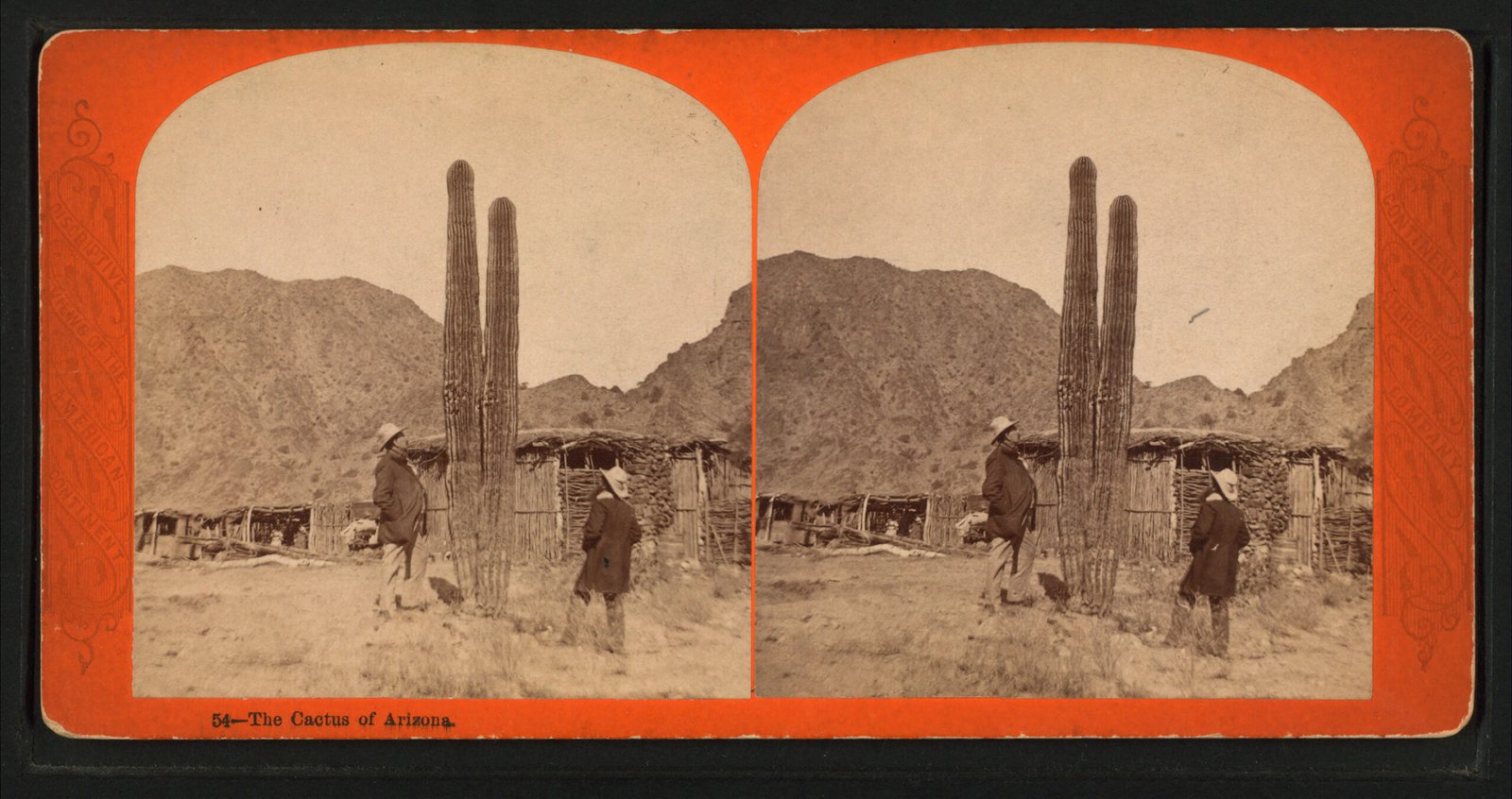
Arizona has some of the most robust cactus protection laws in the United States. The Native Plant Protection Act requires landowners and developers to notify state authorities before moving or destroying native cacti like the saguaro. Permits are required, and hefty fines await those who break the rules. These laws may seem tough, but they reflect the seriousness with which Arizona treats its natural heritage. By making it illegal to move cacti without permission, the state ensures that decisions about these plants aren’t made lightly or for short-term gain.
Urban Sprawl and the Battle for Survival
Cities in Arizona are growing fast, and new homes, roads, and businesses often encroach on cactus habitats. Without strict rules, bulldozers could wipe out entire stands of saguaros in a single afternoon. Legal protections force developers to pause and consider alternatives, like relocating cacti to safer spots or designing around them. This approach helps urban development coexist with the desert’s ancient residents, rather than erasing them in the name of progress.
Climate Change: A New Threat on the Horizon
As global temperatures rise and rainfall patterns shift, cacti face a future filled with uncertainty. Droughts and extreme heat threaten to weaken even the hardiest plants, making them more vulnerable to disease and death. Legal protections act as a buffer, ensuring that cacti aren’t pushed even closer to the brink by human actions while nature itself is already testing their limits. In a changing world, every safeguard matters.
The Science of Cactus Relocation
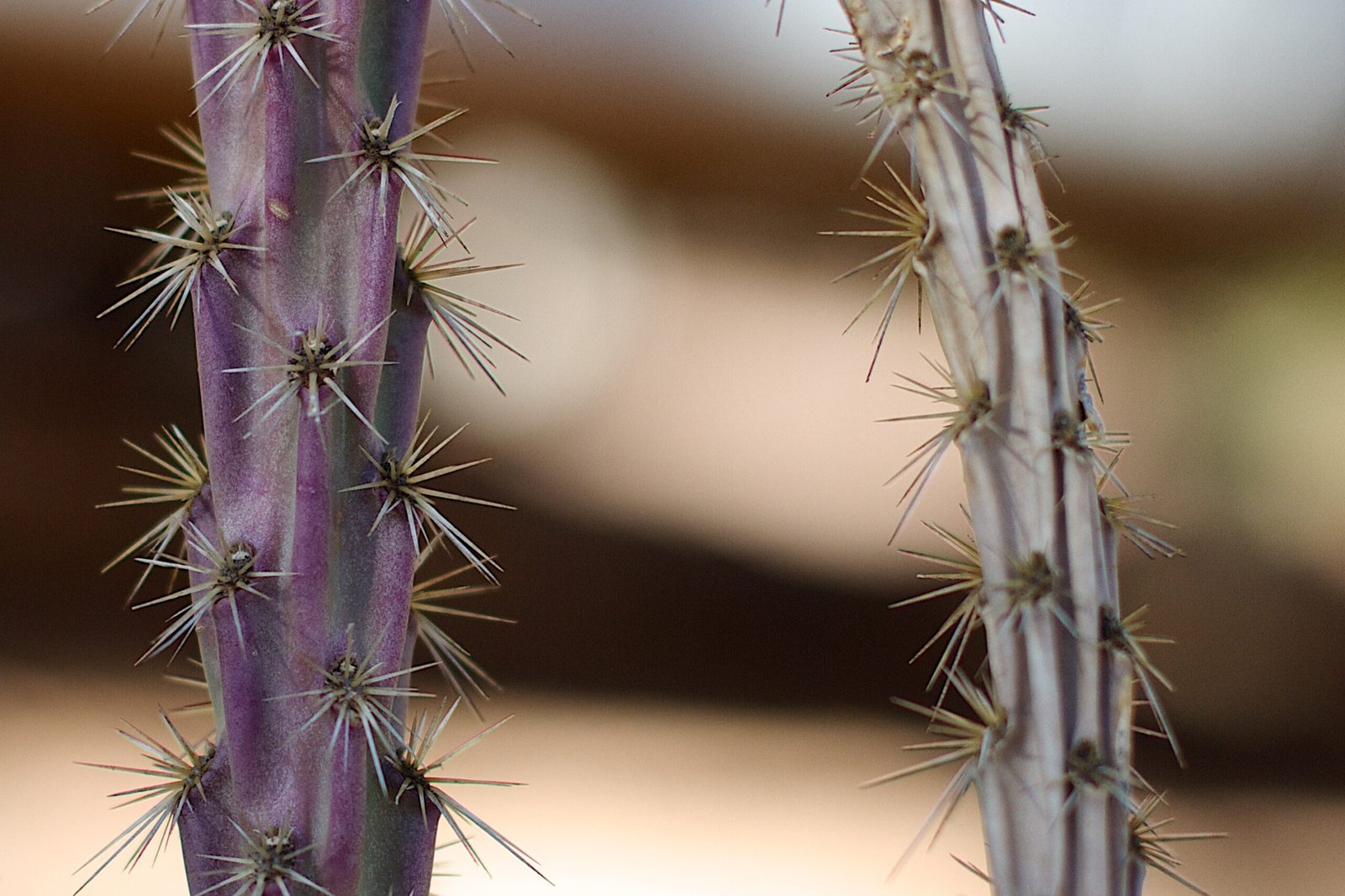
Moving a cactus isn’t as simple as digging it up and plopping it elsewhere. These plants have deep, sensitive roots and store precious water in their tissues. If moved incorrectly, they can die from shock, dehydration, or sunburn. Botanists and desert ecologists have developed careful methods for transplanting cacti, but even then, success isn’t guaranteed. That’s why permits and expert oversight are required—so that if a cactus must be moved, it’s given the best possible chance at survival.
Education and Public Awareness: Changing Minds, Saving Cacti
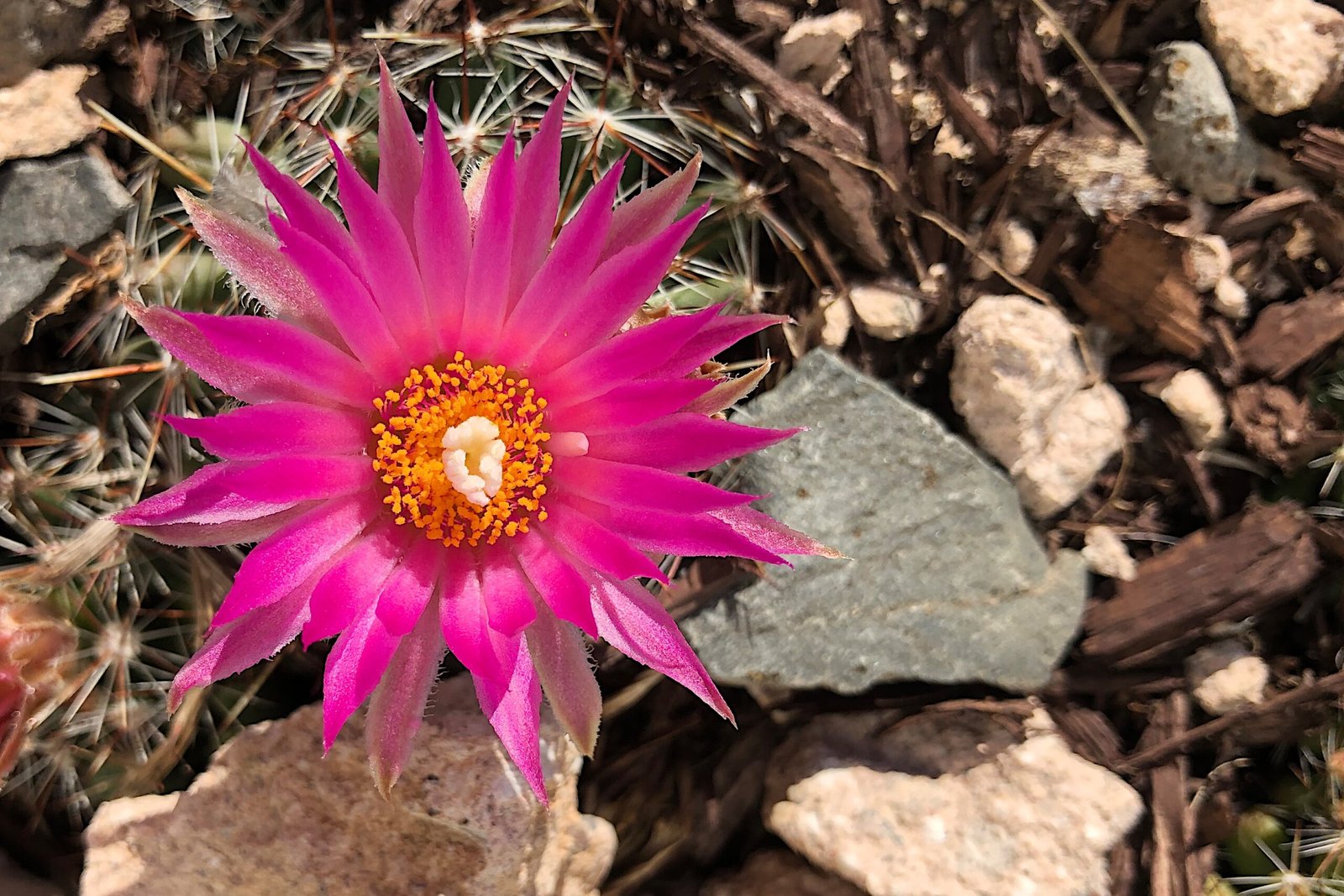
Laws alone can’t protect cacti if people don’t know why they matter. Arizona invests in public education campaigns, teaching residents and visitors about the incredible stories behind every cactus. Schools, museums, and parks offer programs that spark curiosity and respect for these plants. When people learn that a saguaro might outlive several generations, or that its flowers feed hundreds of species, they’re less likely to treat it as just another landscaping option. Awareness is a powerful tool for conservation.
What’s at Stake: More Than Just Plants
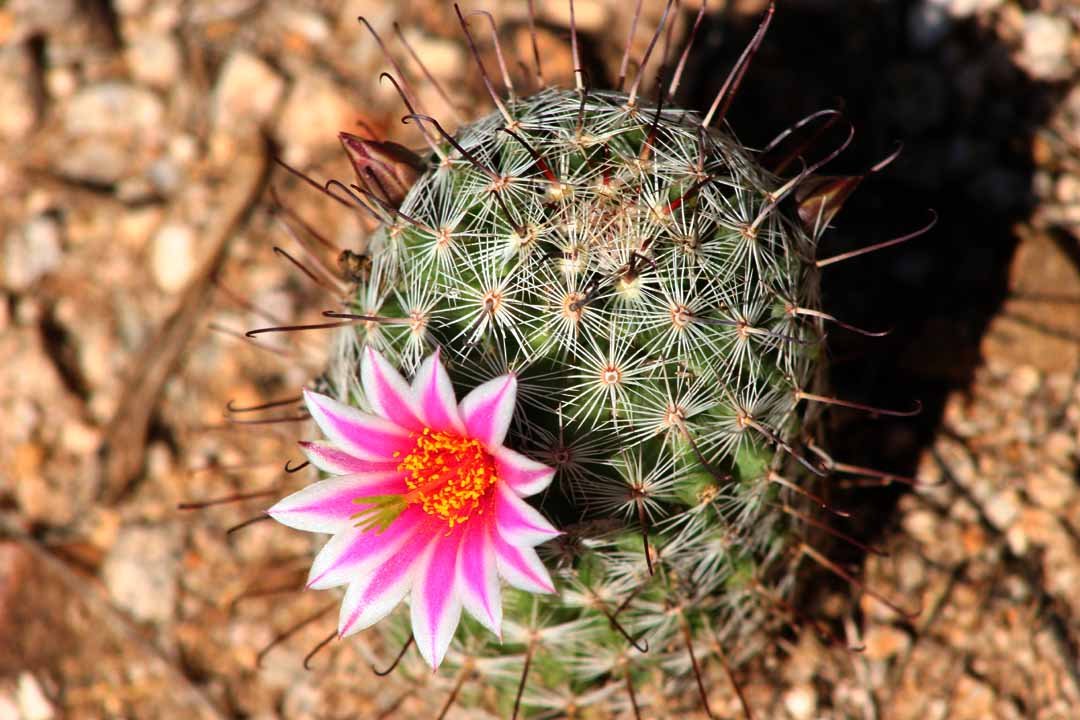
Losing cacti would mean more than empty spaces in the desert—it would mean losing a part of Arizona’s identity, history, and natural wonder. These spiny giants are storytellers, guardians, and survivors, holding secrets of adaptation and endurance. Protecting them isn’t just about keeping the desert beautiful; it’s about honoring the intricate connections that make life possible in one of Earth’s harshest environments. Their future depends on the choices we make today.

